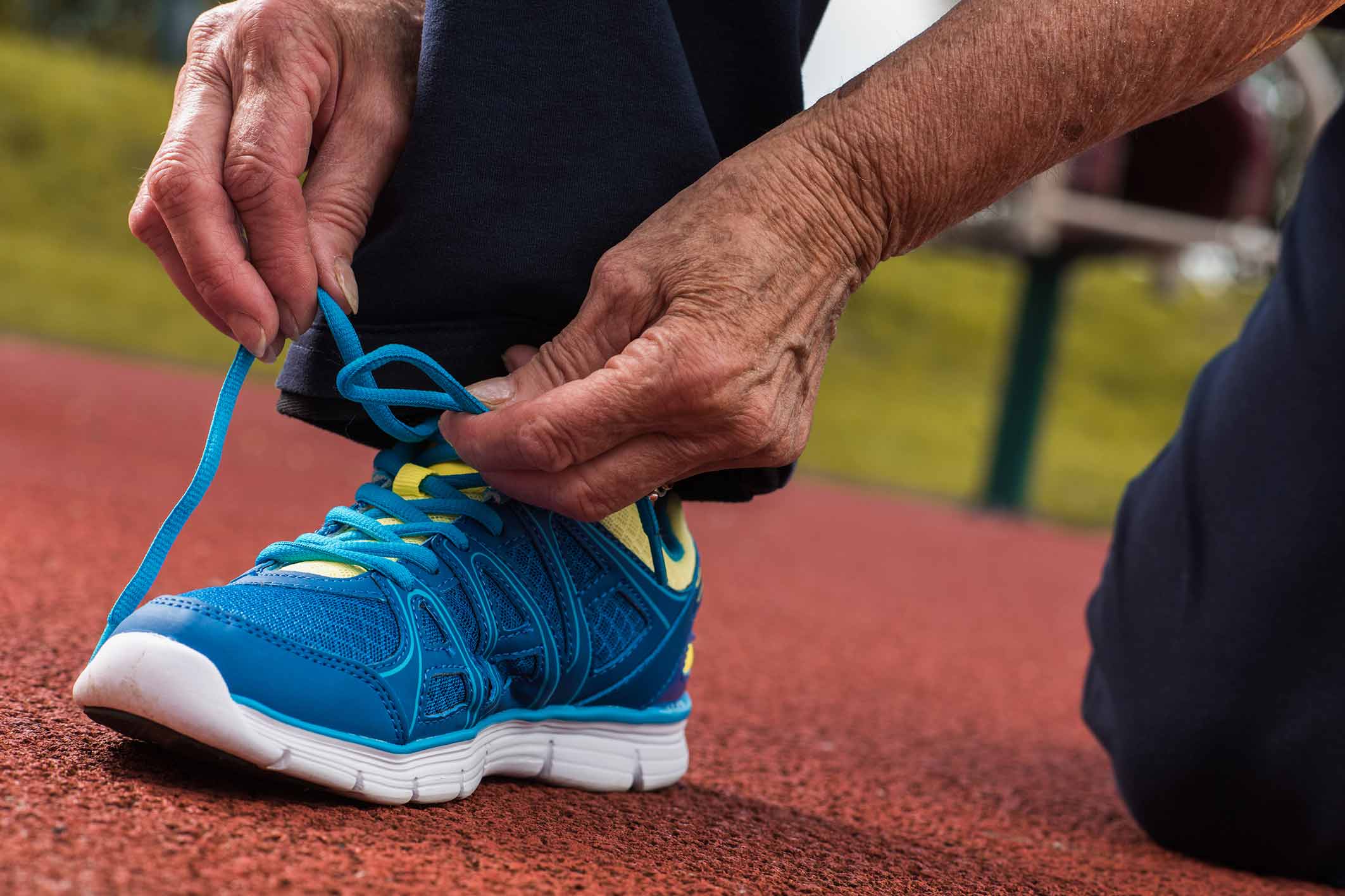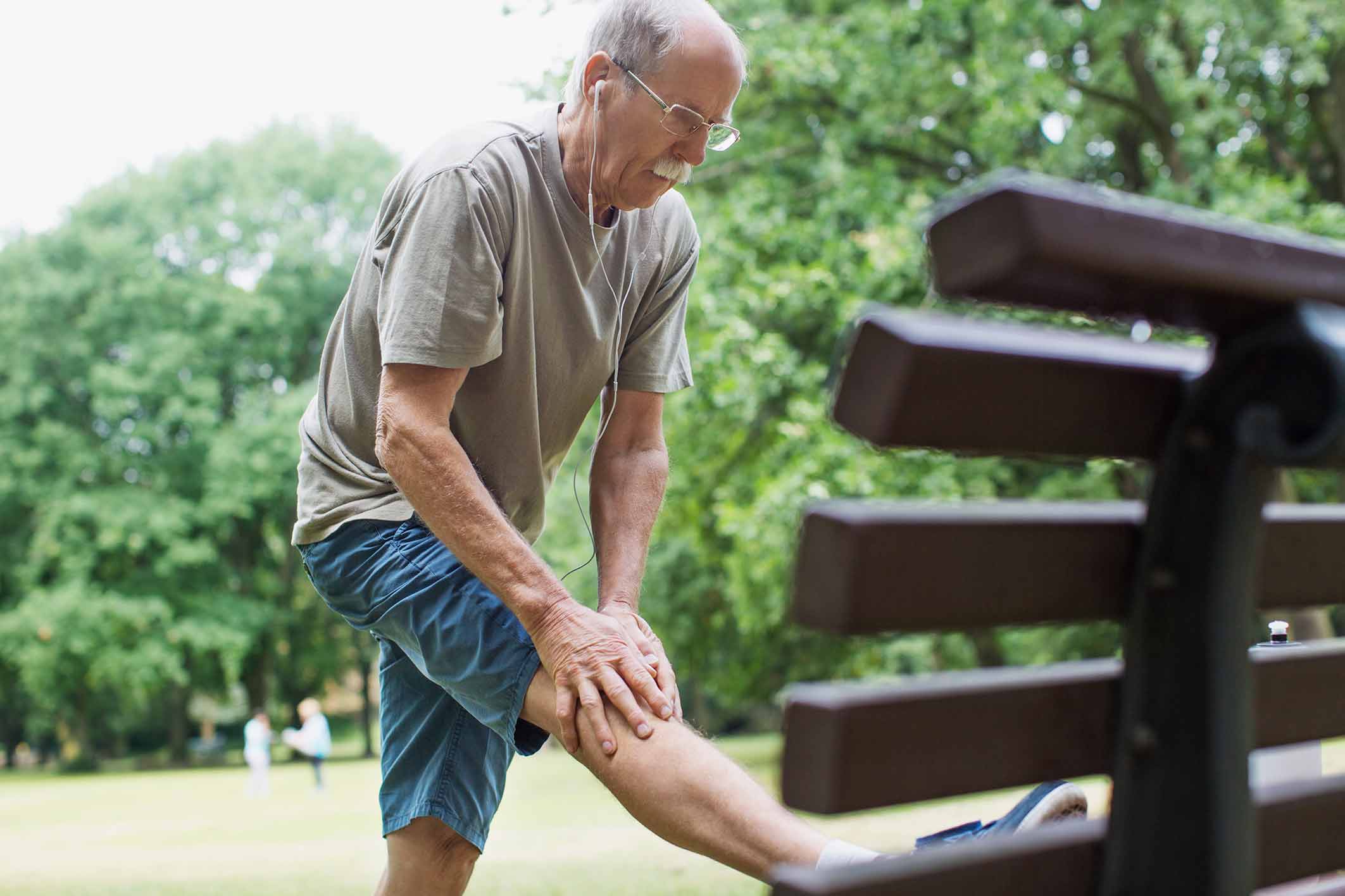Complex Regional Pain Syndrome
What is complex regional pain syndrome?
Complex regional pain syndrome (CRPS) is an uncommon nerve-related pain condition. While it can occur in any body part, it usually occurs in an arm or leg. It has a typical set of signs and symptoms in the affected body part:
- Persistent burning pain
- Sensitivity to touch and/or cold
- Changes in skin color (to the color red or even a shade of purple)
- Swelling
- Changes in skin temperature
- Changes in hair and nail growth
The pain of CRPS is often intense. Patients tend to exhibit a touch-me-not reaction of vigilance and alarm to the mild touch of others or even to the wind blowing on the affected part of the body. As such, patients often limit activity and hold the affected part in a rigid and motionless manner. In addition to being impairing, the persistent sense of vigilance and alarm naturally lead to emotional distress.
There is no known cause of CRPS. It likely involves the sympathetic nervous system. The sympathetic nervous system also affects immune system functioning. As such, the sympathetic nervous system likely has something to do with the inflammation that causes the swelling and changes in skin color. The cause of CRPS also likely involves the central nervous system – the brain and spinal cord. Among other functions, the central nervous system processes nerve impulses from the affected body part. Because of the high sensitivity to touch and cold that occurs, the amplification of these signals suggests that there is some type of problem in the information processing functions of the central nervous system.
Despite having no known cause, CRPS often starts with surgeries or injuries – even mild injuries — to the affected body part. Obviously, however, there must be more to the picture when it comes to causes of CRPS, as most surgeries and mild injuries do not typically lead to CRPS.
There are two types of complex regional pain syndrome. These types are based on the different kinds of injuries that can precipitate CRPS. They are referred to as complex regional pain syndrome I and complex regional pain syndrome II.
- Complex regional pain syndrome I: Presumed injury to the sympathetic nervous system in the affected body part. This type used to be called ‘reflex sympathetic dystrophy (RSD).’
- Complex regional pain syndrome II: Actual injury to a nerve in the affected body part due to a surgery or injury. This type used to be called ‘causalgia.’
Complex regional pain syndrome I is the most common form of CRPS.
Is there a cure for complex regional pain syndrome?
The course of CRPS can vary across different individuals. Conventional wisdom in the healthcare community is that CRPS can be cured if caught early, but will become chronic if not caught early. This notion comes from anecdotal evidence that CRPS can sometimes be cured through early interventions. However, there are no well-designed, published research data that clearly supports this view.
CRPS can progress beyond the original affected body part. It can come to affect other limbs or indeed the whole body. Central sensitization likely plays a role in this progression.1 Central sensitization is a highly reactive state of the nervous system, which amplifies pain.
Typically, CRPS I and II are chronic pain disorders. Chronic conditions are health conditions that have no cure and which tend to last indefinitely. Healthcare for chronic conditions focuses on reducing symptoms and reducing the impact that the condition has on the patient’s life. The goal is to still live well despite having the condition.
Therapies & Procedures for complex regional pain syndrome
Common treatments for CRPS I & II are anti-inflammatory medications, corticosteroid medications, antidepressant medications, anticonvulsant medications, bisphosohonates, calcitonin, physical therapy, nerve blocks, neural blockades, spinal cord stimulation, and chronic pain rehabilitation programs.
Recent published reviews of research express concern about how there are no well-designed studies of the effectiveness for any of these common treatments.2, 3 Despite how often they are pursued, their effectiveness are all unproven. Both reviews indicate that there are limited data to suggest bisphosphonates can be helpful. Quisel, et al., suggest that calcitonin and chronic pain rehabilitation program are likely to be helpful. They also report that spinal cord stimulation shows some promise but should only be pursued after considerable consultation due to the invasive nature of the procedure.
Article Provided By: Institute of Chronic Pain



























